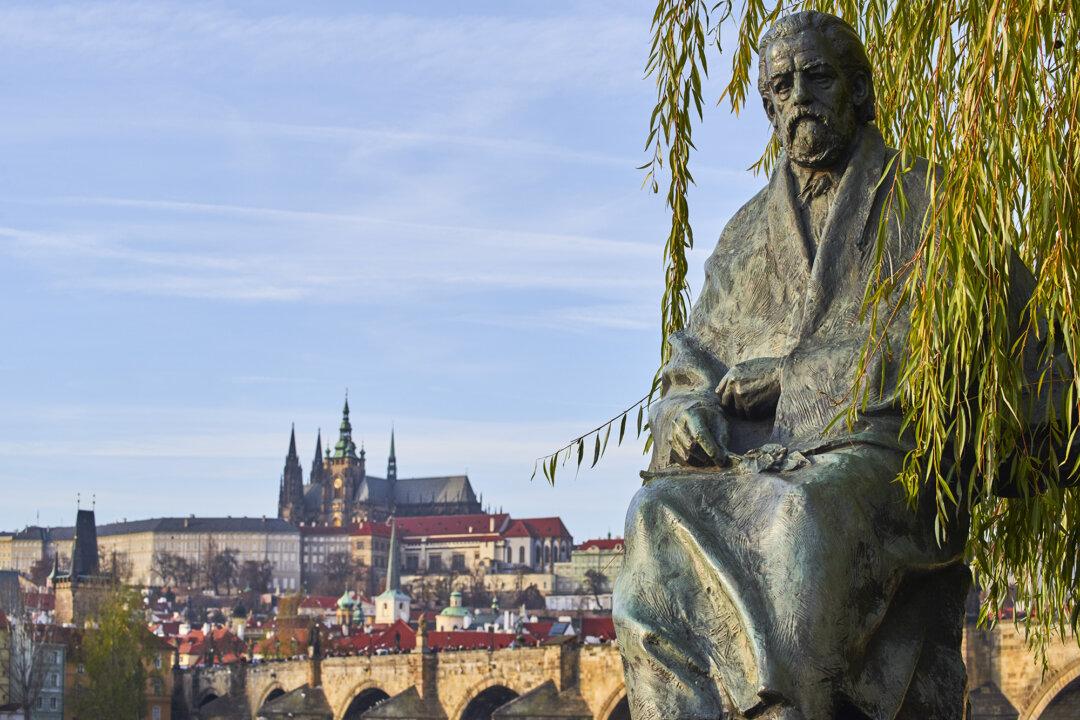Growing up, I was never a big fan of classical music. Sure, it was all around me, at home and school. The closest I ever got to opera was a fun field trip to a matinee staging of “Phantom of the Opera.” Any hopes for a kindling of passion for these historic and graceful songs were doused when I blew my Beethoven song in front of a small group in a childhood piano recital.
When I was invited on a small, music-themed trip to Czechia, I didn’t read the small print. I’d assumed this would be a mix of styles, with perhaps a focus on the late 20th century. After all, rock and roll and homegrown bands like Plastic People of the Universe formed some of the most prominent subaltern voices in the country’s Velvet Revolution.





